One year since Fedora 21 and about six months after version 22, so here comes Fedora 23 with a bunch of new exciting features! But before tasting the freshness of one of the most up-to-date distributions… it’s time to install!
Important: I take absolutely NO responsibility of what you do with your machine; use this tutorial as a guide and remember you can possibly cause data loss if you touch things carelessly.
Tip: In Fedora 23 (like Fedora 22) during the whole installation process (step 3 to 8) there will be a “Help!” button in the top-right corner. If you ever need some help you can click it (obvious is obvious, though in precedent releases this button wasn’t present :) ).

1) Boot from a support
The first thing you have to do to proceed with the installation of Fedora 23 is boot it from a support (CD/DVD and USB Pendrives are today the best options), if you don’t know how to burn the image onto the support find a tutorial on the Internet or
use this tutorial. Once you have your support, reboot your machine, select an option like “boot options” or “boot priority list” and select your support, in this way you should see this screen. Just select “Start Fedora Live” to get to the next point.

2) Fedora 23 Live
Now you’re in the live media, your computer is still untouched. From here you can choose to try Fedora 23 (try it a bit to see if everything works fine; usually audio, video, peripherals and network are the things to look at) or to install it right away. When you’re ready to install move on to the next step.

3) Welcome to Fedora 23
In this step you just need to select your preferred language and keyboard layout during the installation. Selecting your language here will affect only the installation, and you can always change system’s language after the installation.

4) The hub
This is the hub of the installation that will guide you through the basic configuration. Also, until you click “Begin Installation” there won’t be changes happening on your computer. So be relaxed and don’t panic. I will review each step of the hub excluding “keyboard” which should have been set on the second step.

5.1) Date & Time
By clicking on Date & Time, this will be the screen you’ll be facing. Just select your time zone and set your current time. If you have selected (and I suggest you to) Network Time, time and date will be retrieved from the Internet. If you have no Internet connectivity, disable it by switching off the switch on the top-right corner.

5.2) Network & Hostname
In this step you will set the machine’s hostname (much like Windows).

5.3.1) Selecting devices
This is the most crucial step in the whole installation, pay great attention to what you do, since messing here may mean data loss. In this step you need to select the devices where you want to install Fedora 23 on (yes you can specify multiple devices, but if you’re not experienced, just check one). Now you can face two different scenarios: an empty drive or one or more OS installed. If you have an empty drive, just be sure to select “Automatically configure partitioning” and you’re ready to go. If you haven’t an empty drive or want to do things manually follow one of the next two steps.

5.3.2) CASE 1 - You have an empty drive
In the case you have an empty drive the screen will be like the one above. If you have enough knowledge you can partition your disk according to your own needs. But if you haven’t I suggest you click on “Click here to create them automatically” (it will have the same effects of “Automatically configure partitioning” in the precedent step.

5.3.2) CASE 1 - You have an empty drive - result
In case you have an empty drive you will see a similar screen if you proceeded correctly.

5.3.3) CASE 2 - You have one or more OS installed
In this scenario you have one or more OS installed on your disk. In my screenshot I have a Windows 7 installation, but it is not (yet) properly recognized and is shown as “Unknown”.
- If you want to delete one or more Operating Systems just highlight them and click the minus “-” on the bottom of the left box. After that just click Click here to create them automatically or create partitions manually to complete the step and click done.
- If you decided to install Fedora 23 alongside another Operating System just click on Click here to create them automatically.

5.3.3) CASE 2 - You have one or more OS installed - result
In the case you have one or more OS installed, you'll be facing a similar screen if you proceeded correctly. You can clearly see the new installation (top) and the preserved pre-existing OS (bottom) called "unknown".

6) All ready!
At this point you will have everything configured, beware, now is your last chance to recognize mistakes, and if you click “Begin Installation” the installation will proceed and start modifying your disks. So be sure to double check everything if you have doubts, or ask the help of someone experienced.

7) Installation Starts
As you can see the installation process has started, now don’t go away to take your coffee yet: you still have to configure your user and root user. One of them has to be filled and you have three choices:
- Configure only user (and make it an administrator) SUGGESTED
- Configure user and root
- Configure only root DISCOURAGED

7.1) Configuring user
In this step you just configure your user, if you want to be an administrator be sure to check “Make this user administrator” (in this way you can skip the following step). I also suggest you to use a password. Beware: if you use a weak password you’ll have to click “Done” twice.

7.2) Configuring root
As you can see this step is much simpler, it just requires a password, be sure to pick something not-too-easy.

8) Done!
Finish! Now everything is configured and Fedora 23 has been correctly installed. Press quit to exit; unlike previous versions, the reboot won’t be automatic so you will have to reboot it manually depending on which Desktop Environment you’re using in the live media. (Usually GNOME: top-right corner; KDE: bottom-left corner.)
Installation process hasn’t changed much from Fedora 22 release. As a matter of fact I just adjusted a few things in the process but it has been essentially copy’n’pasted. This version of Fedora packs a bunch of very exciting features, however it isn’t as astonishing as precedent releases. The most interesting feature is probably the UEFI ESRT Upgrade feature, which enables UEFI updates through the operating system. The new release of GNOME 3.18 is the umpteenth update which polishes things up and improves the overall experience of GNOME 3. I must say developers are really trying to win back the user base they lost with the switch between version 2 and 3.
The IT guy with a slight look of boredom in his eyes. Freelancer. Current interests: Kubernetes, Tensorflow, shiny new things.

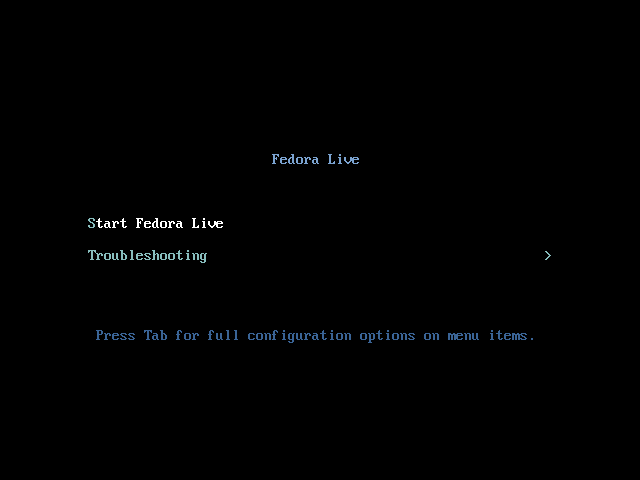
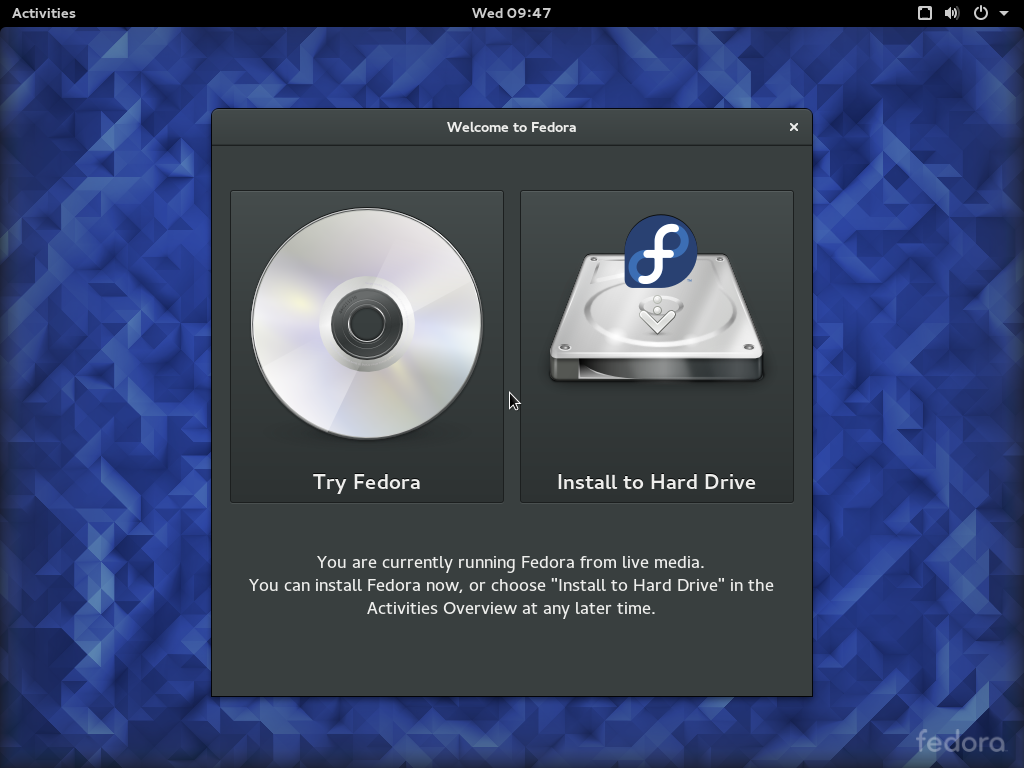
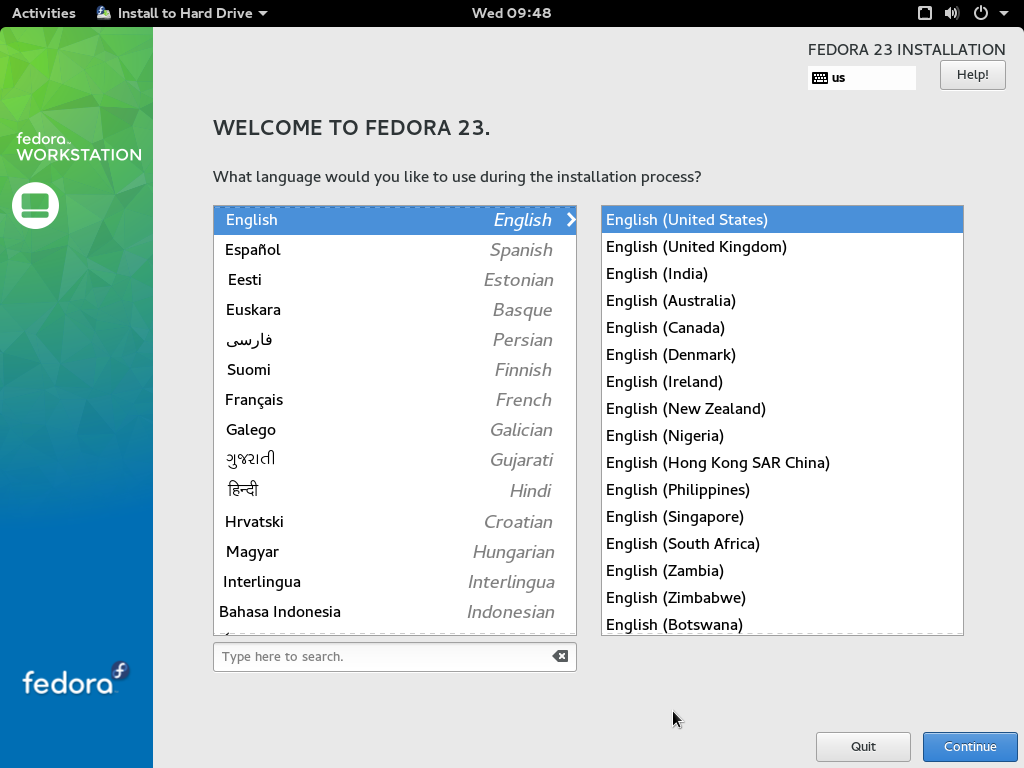
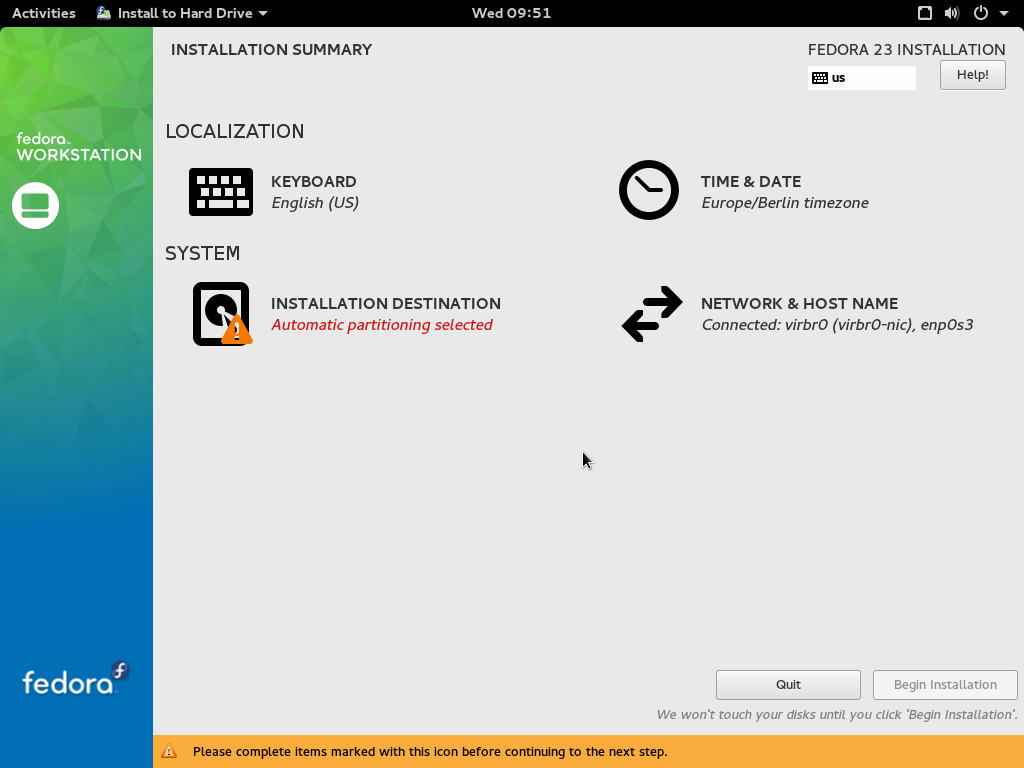

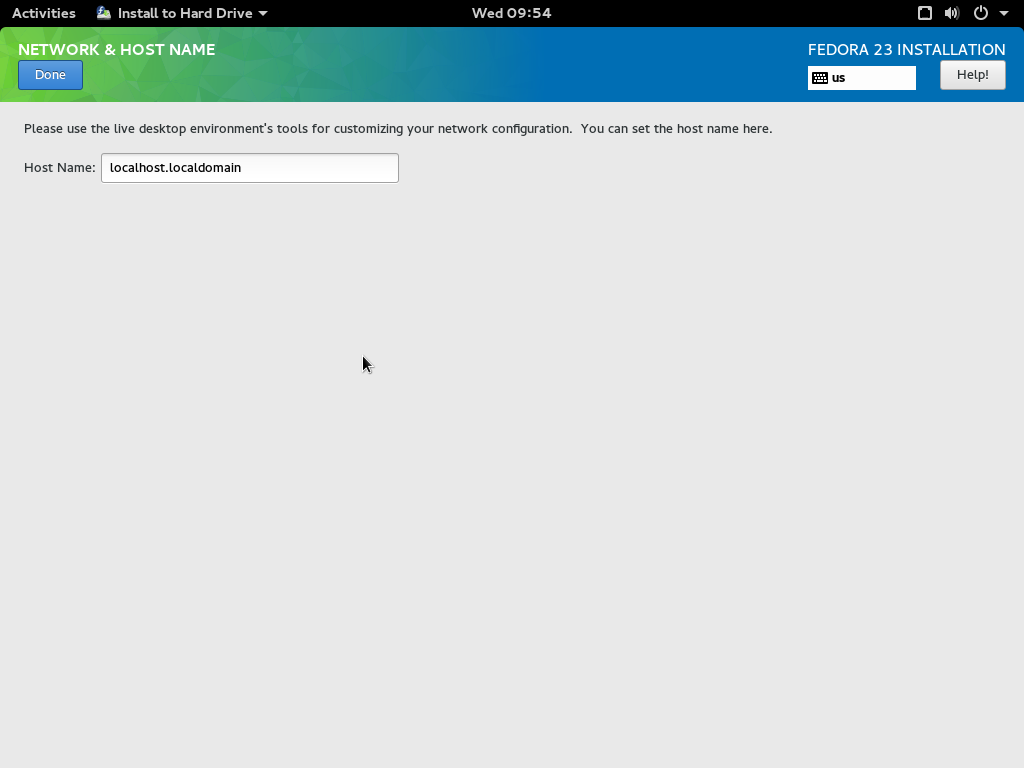
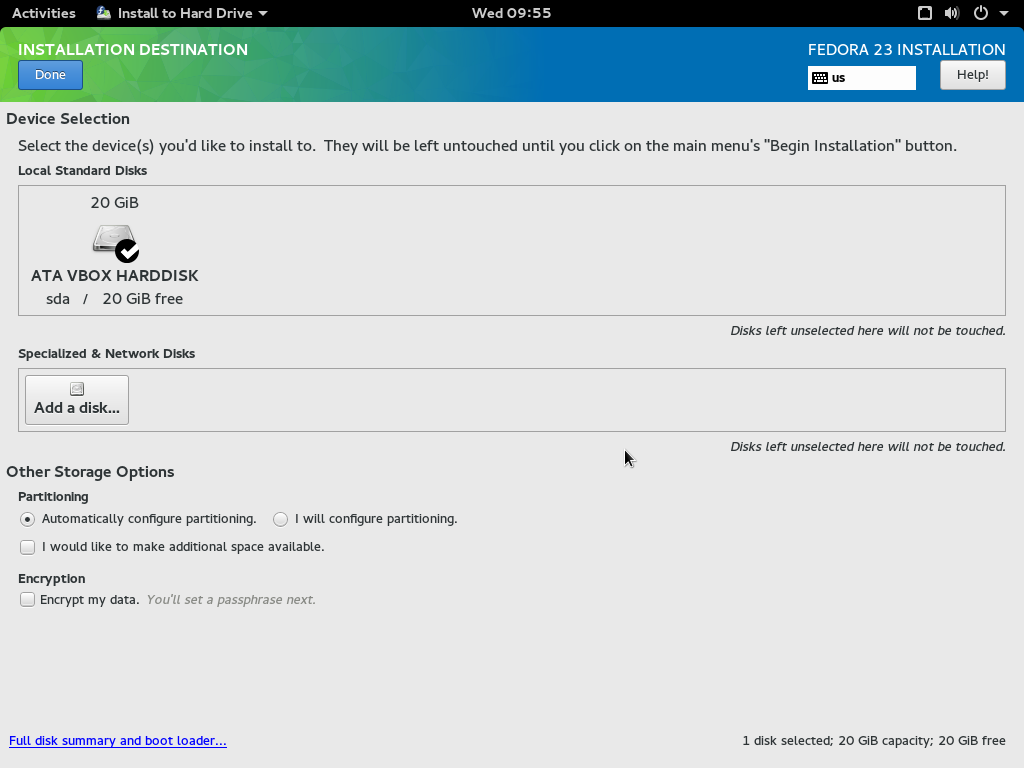
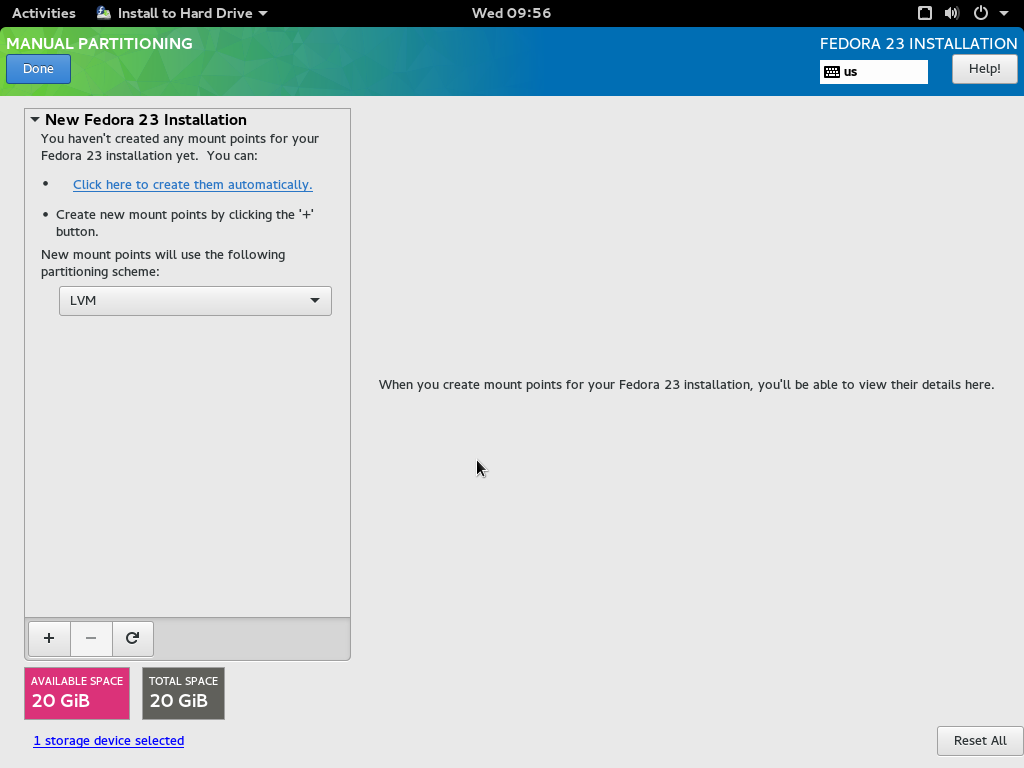
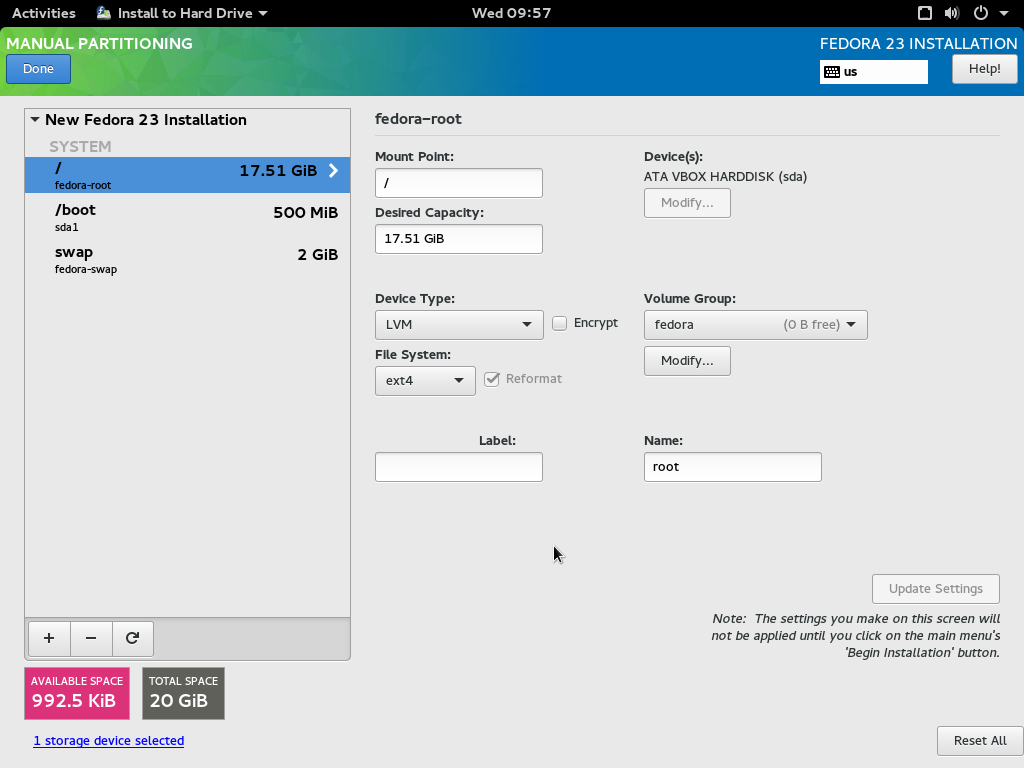
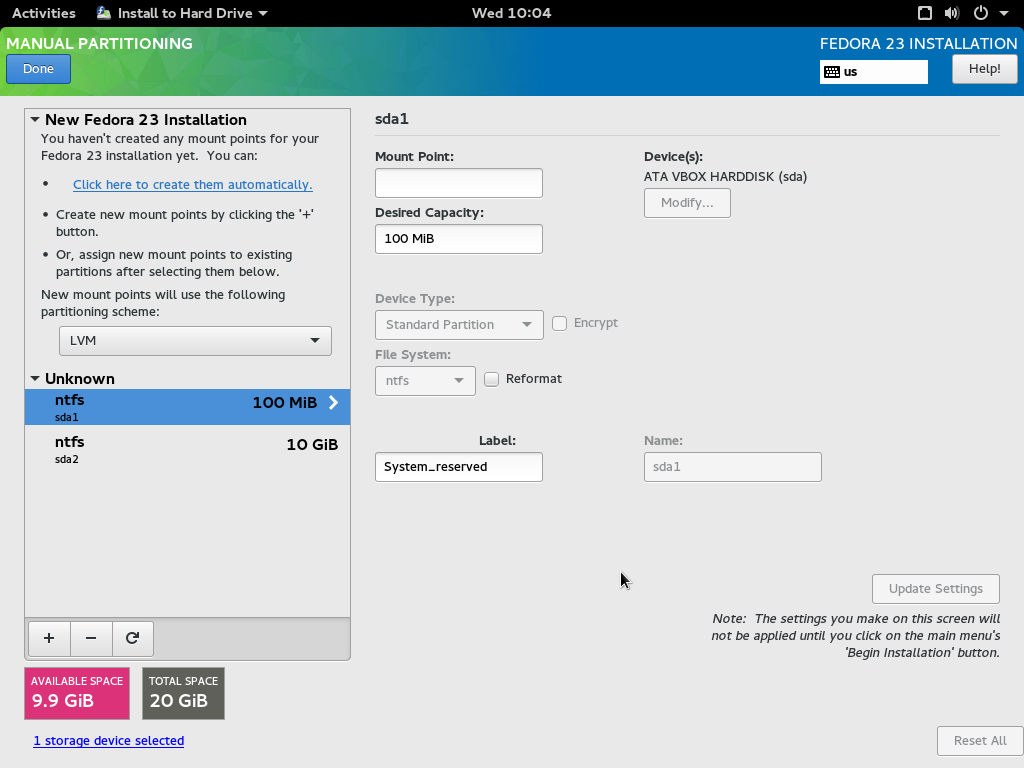

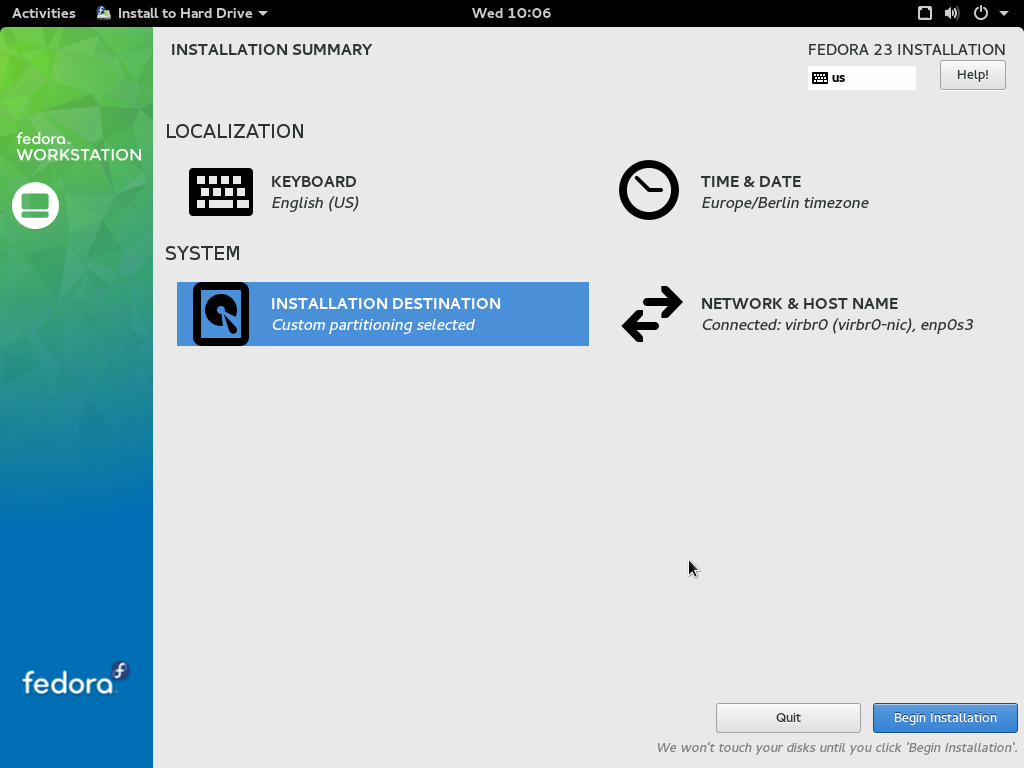
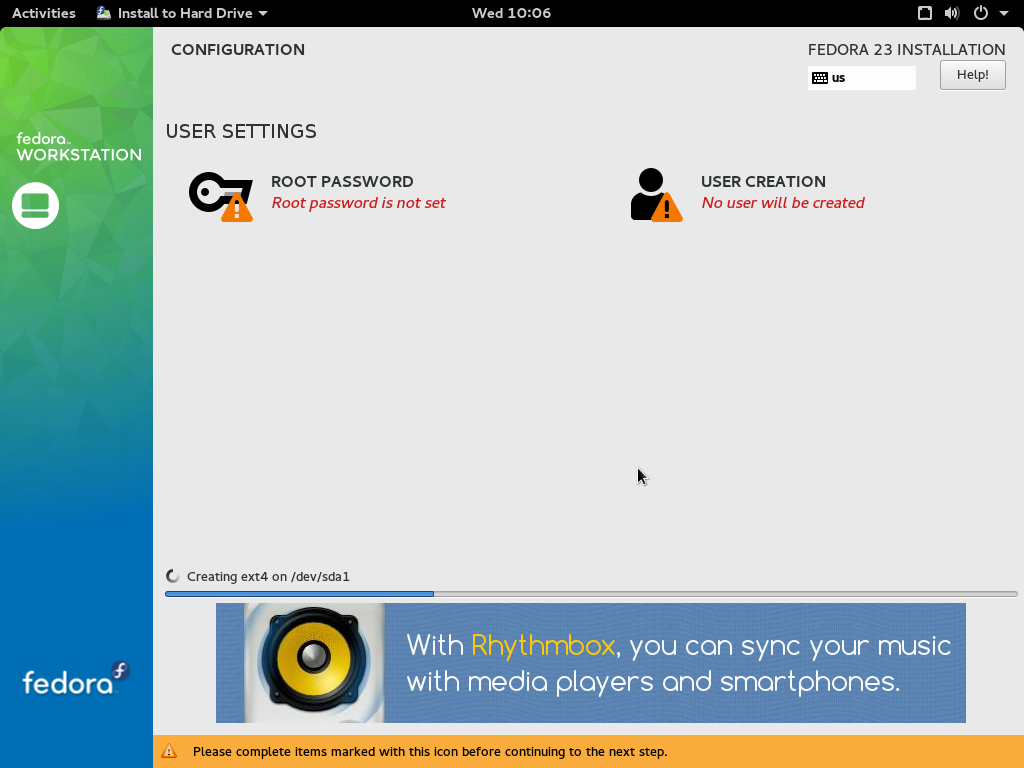
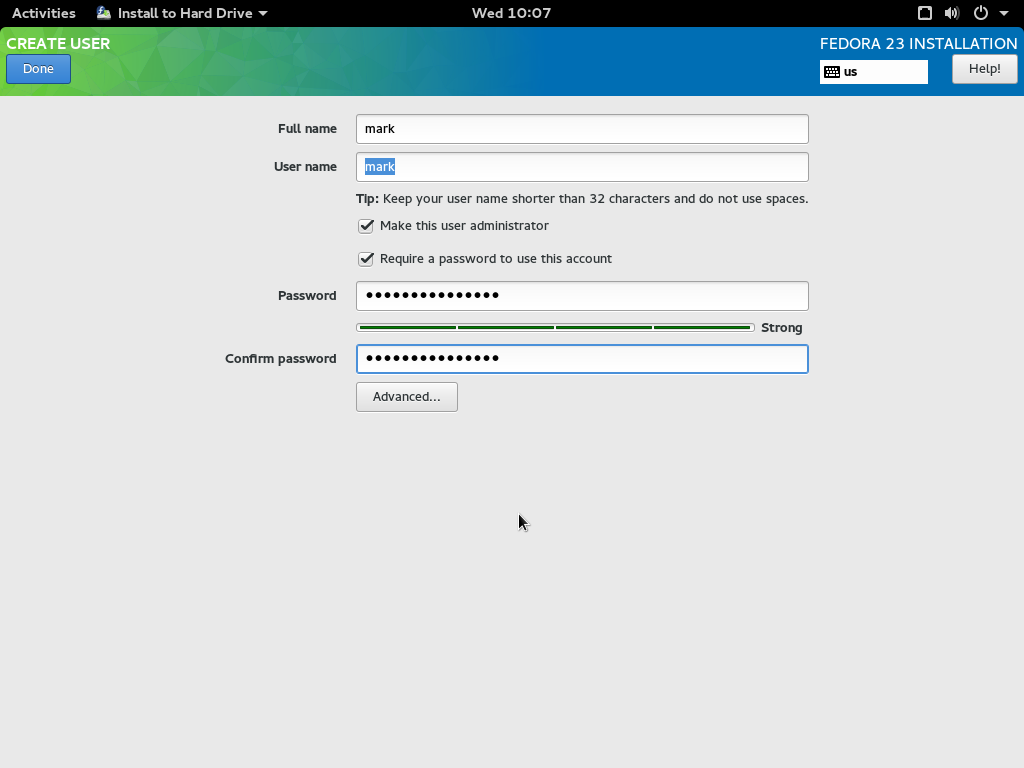
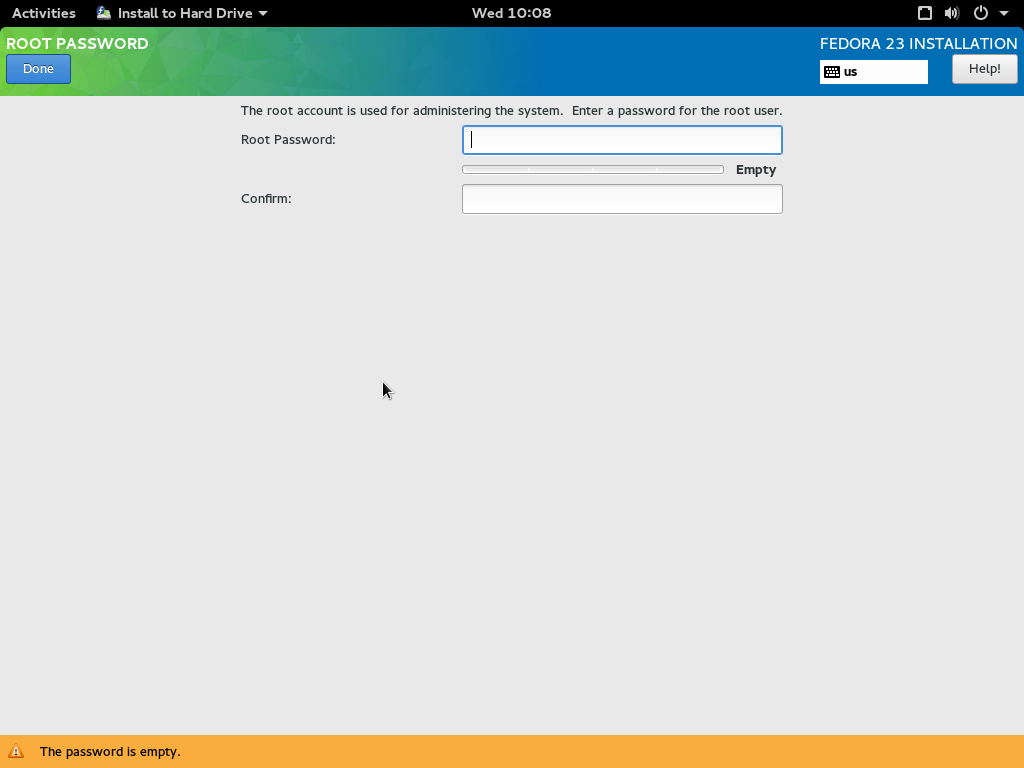

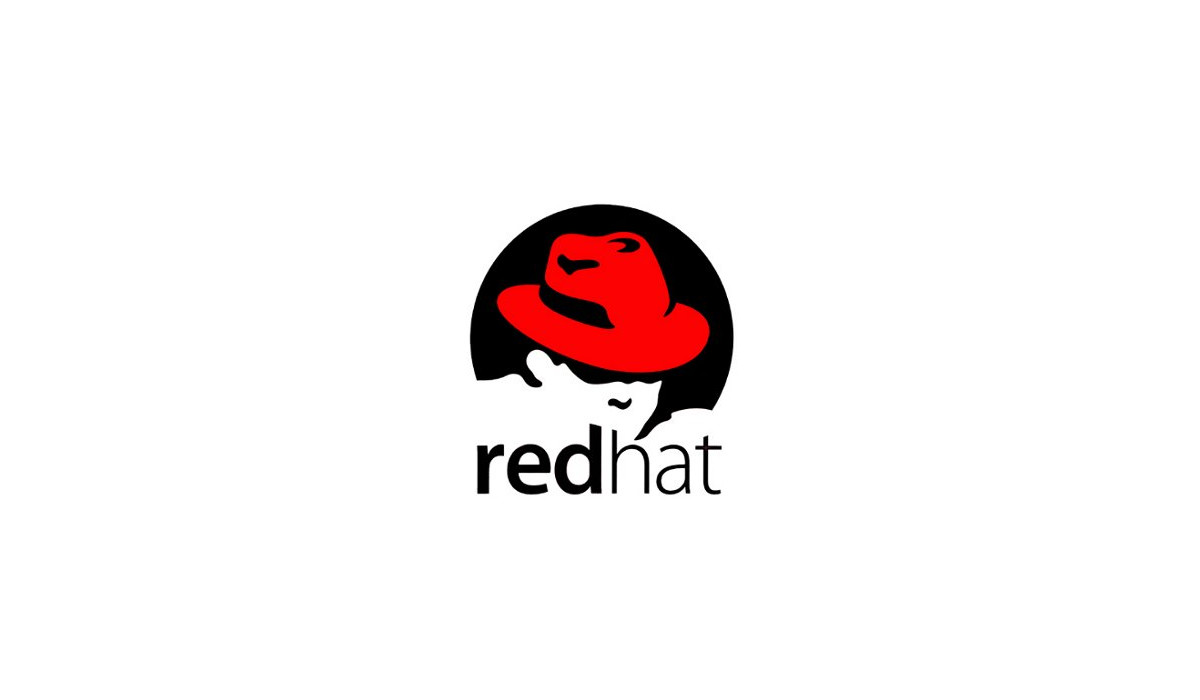
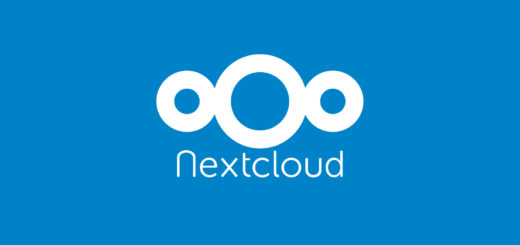







Recent Comments